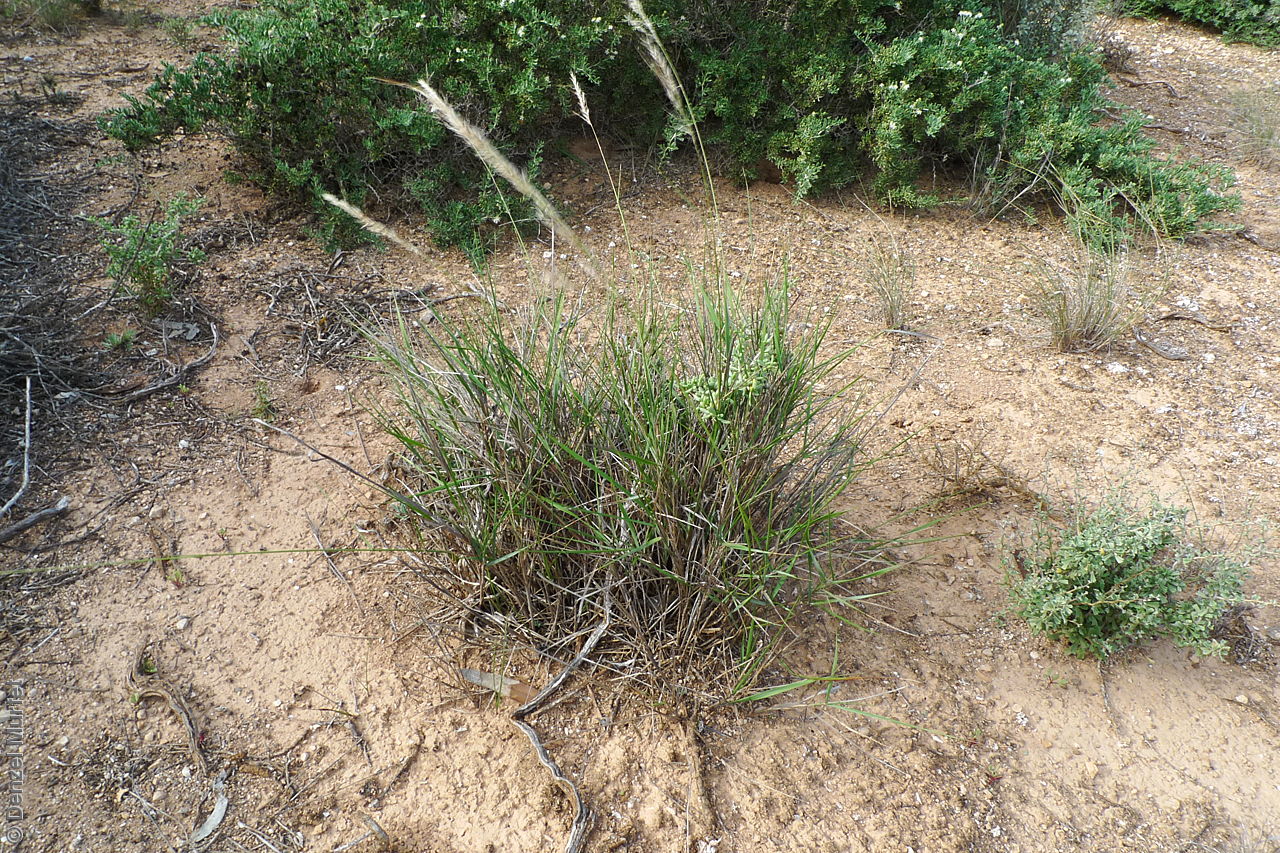
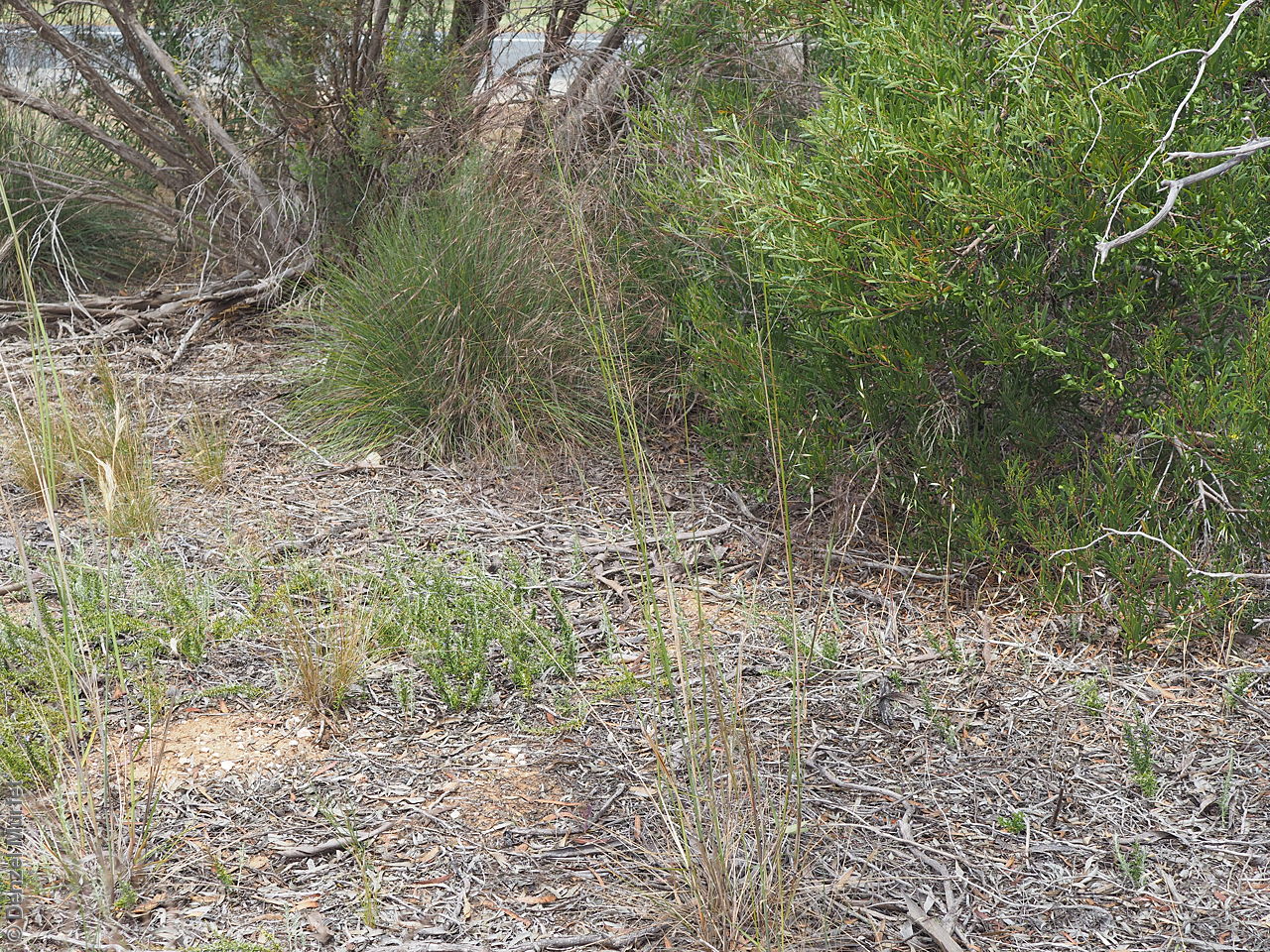
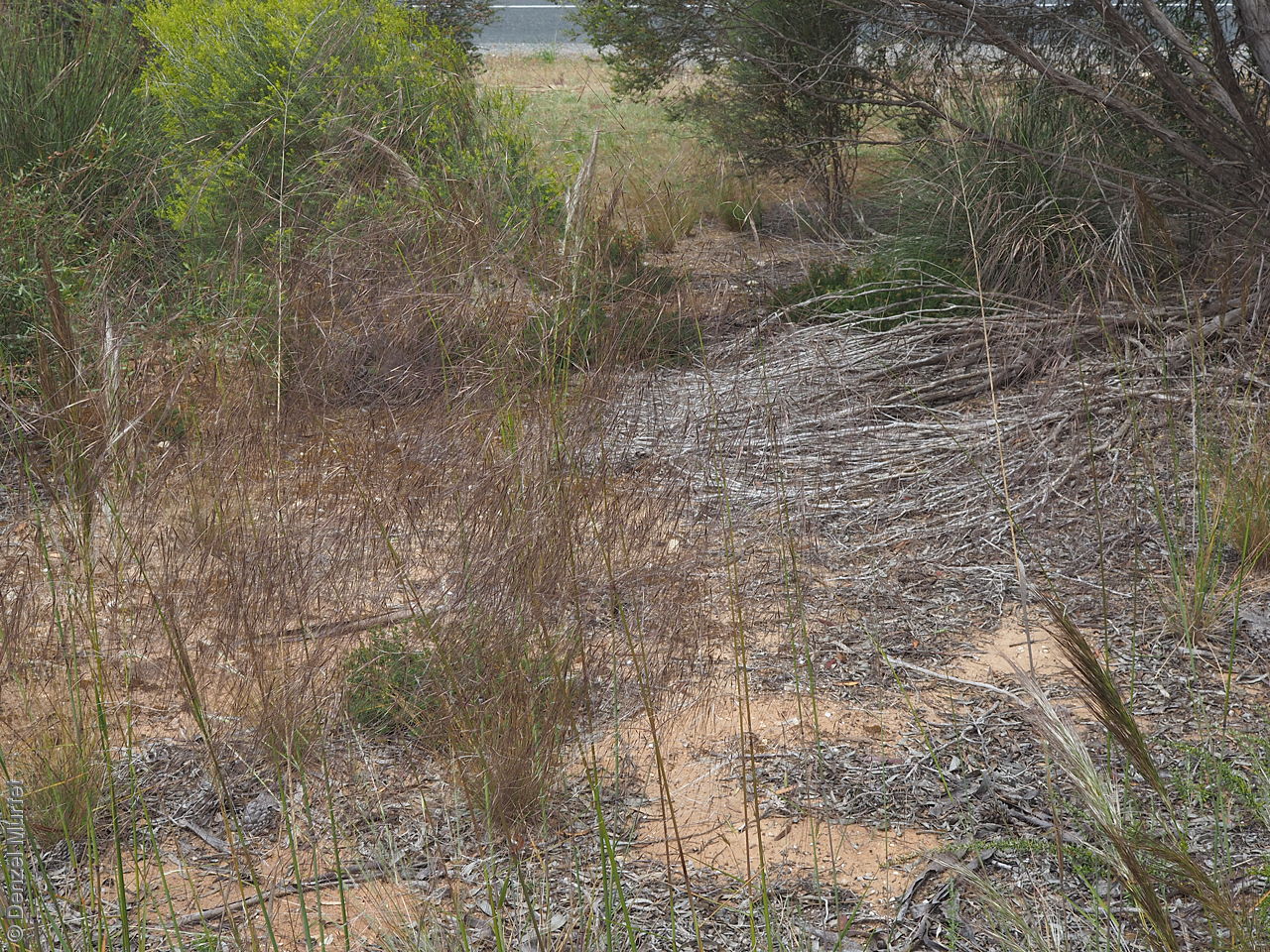
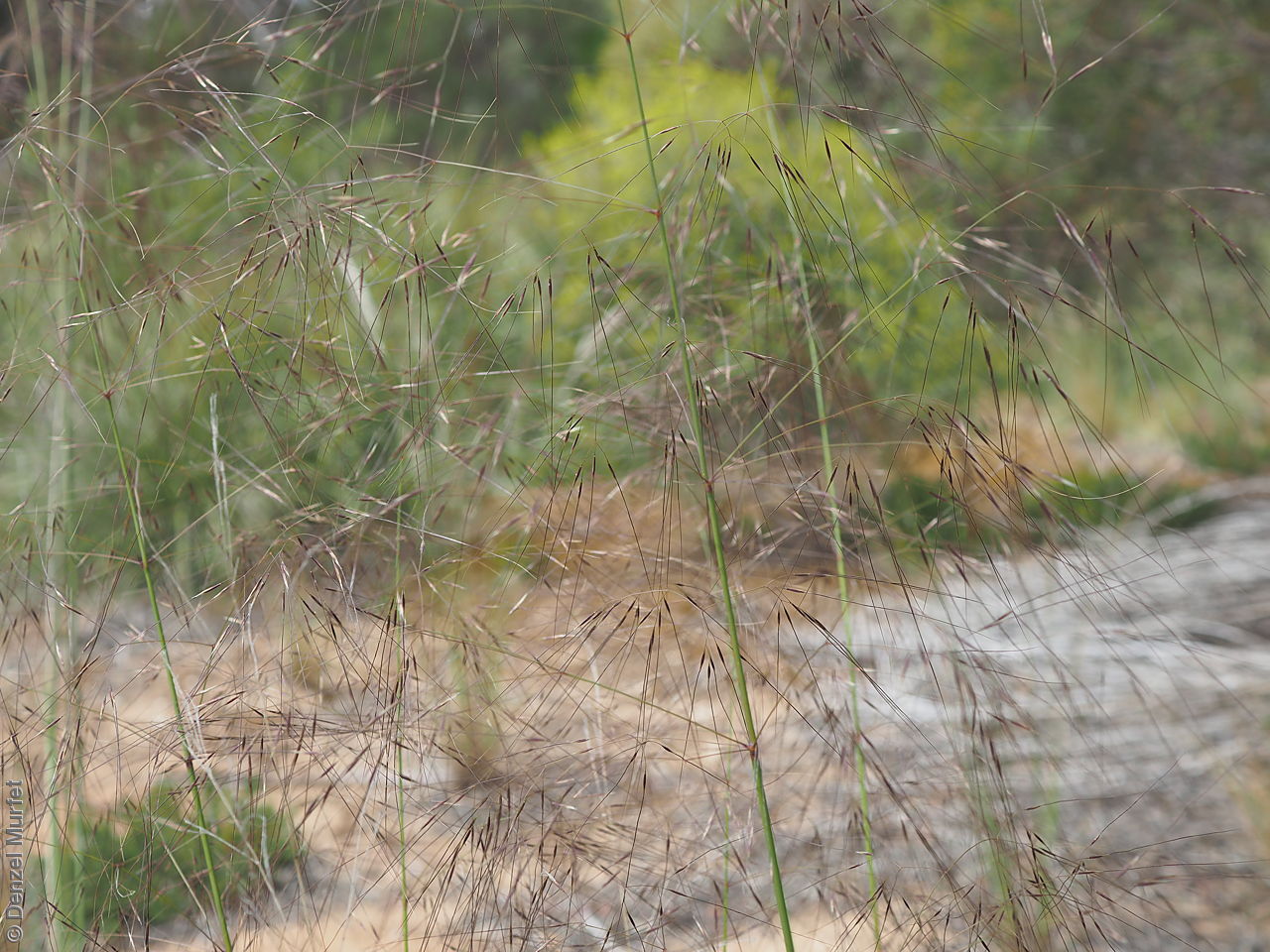
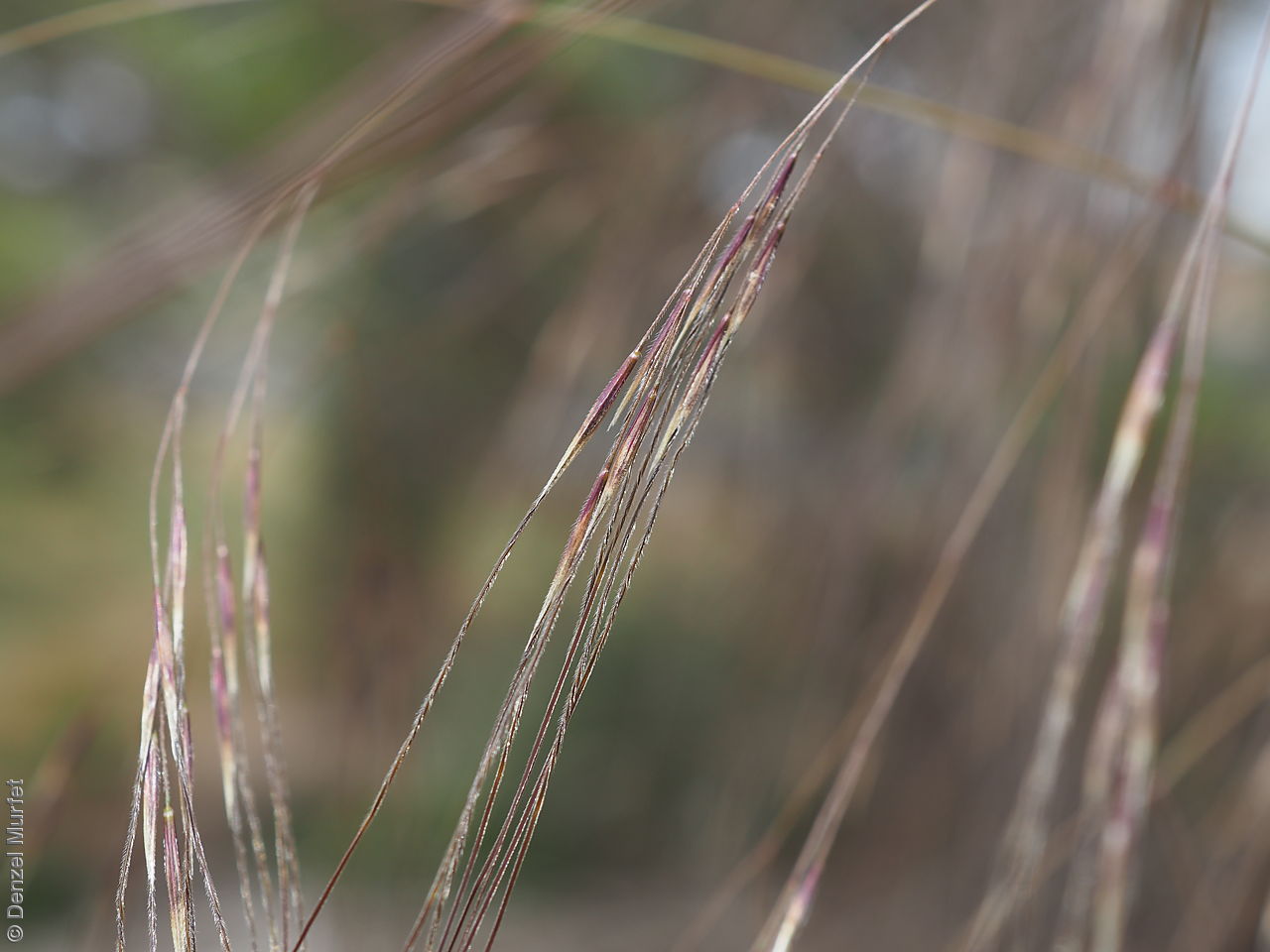
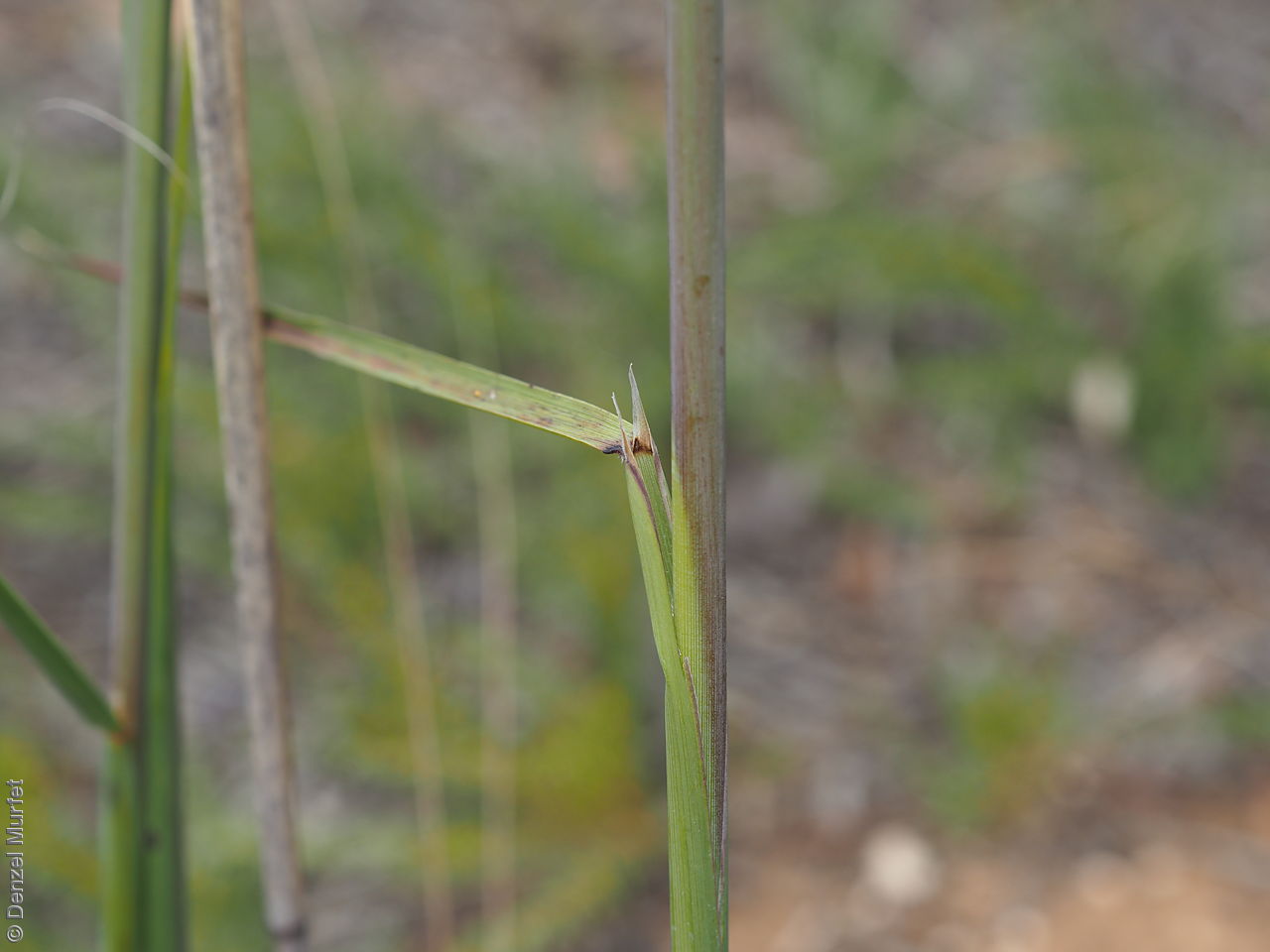
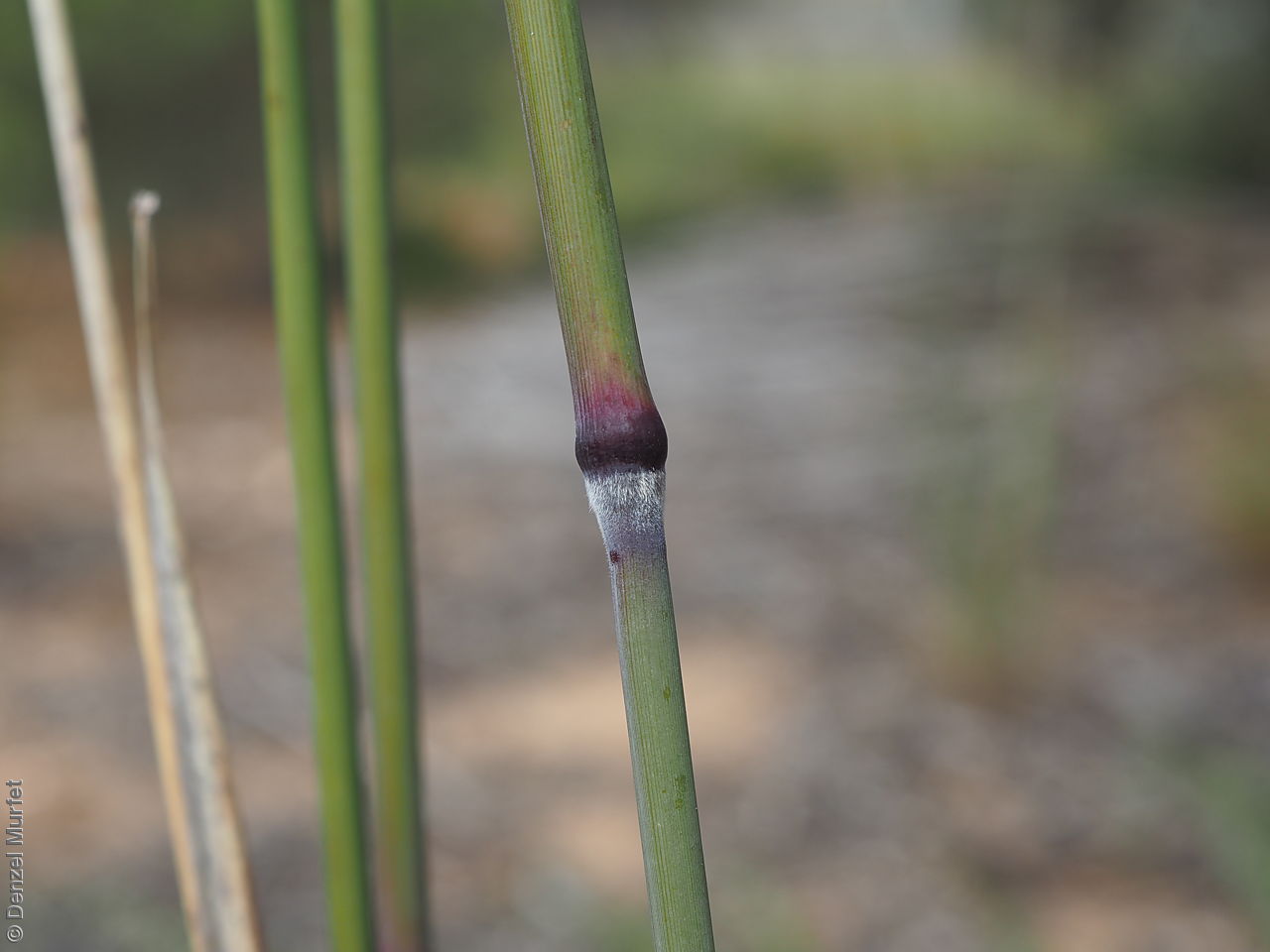
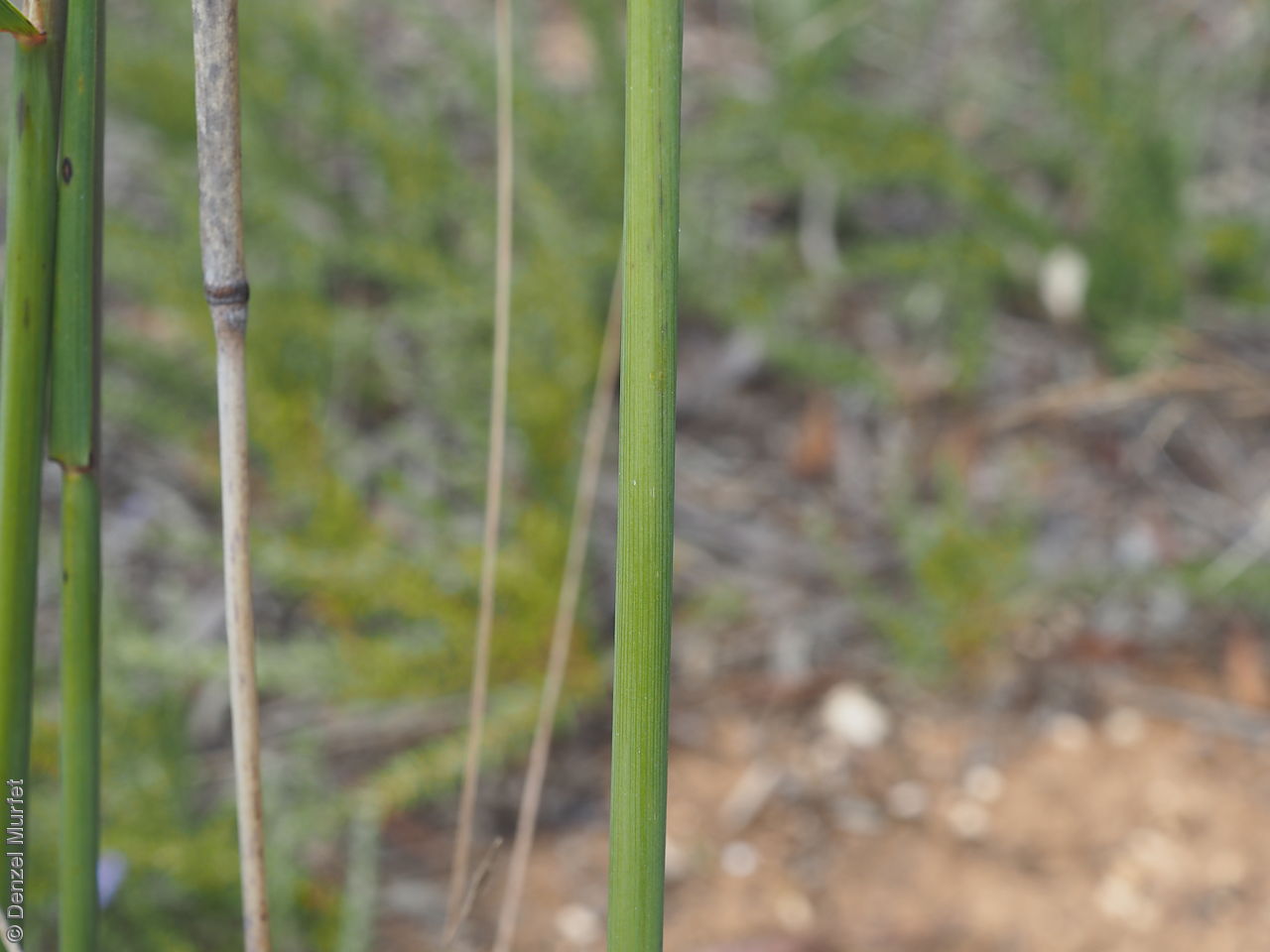
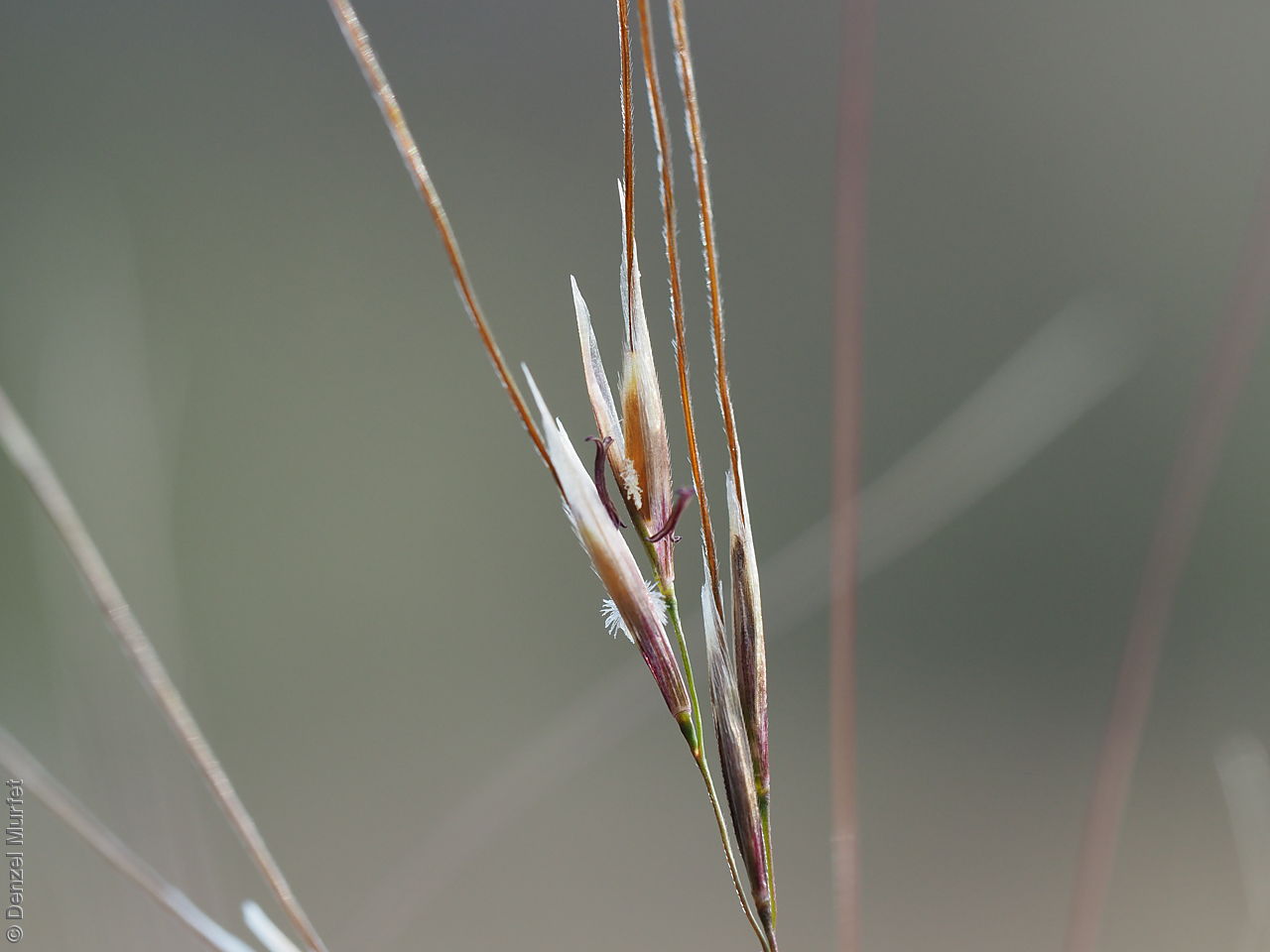
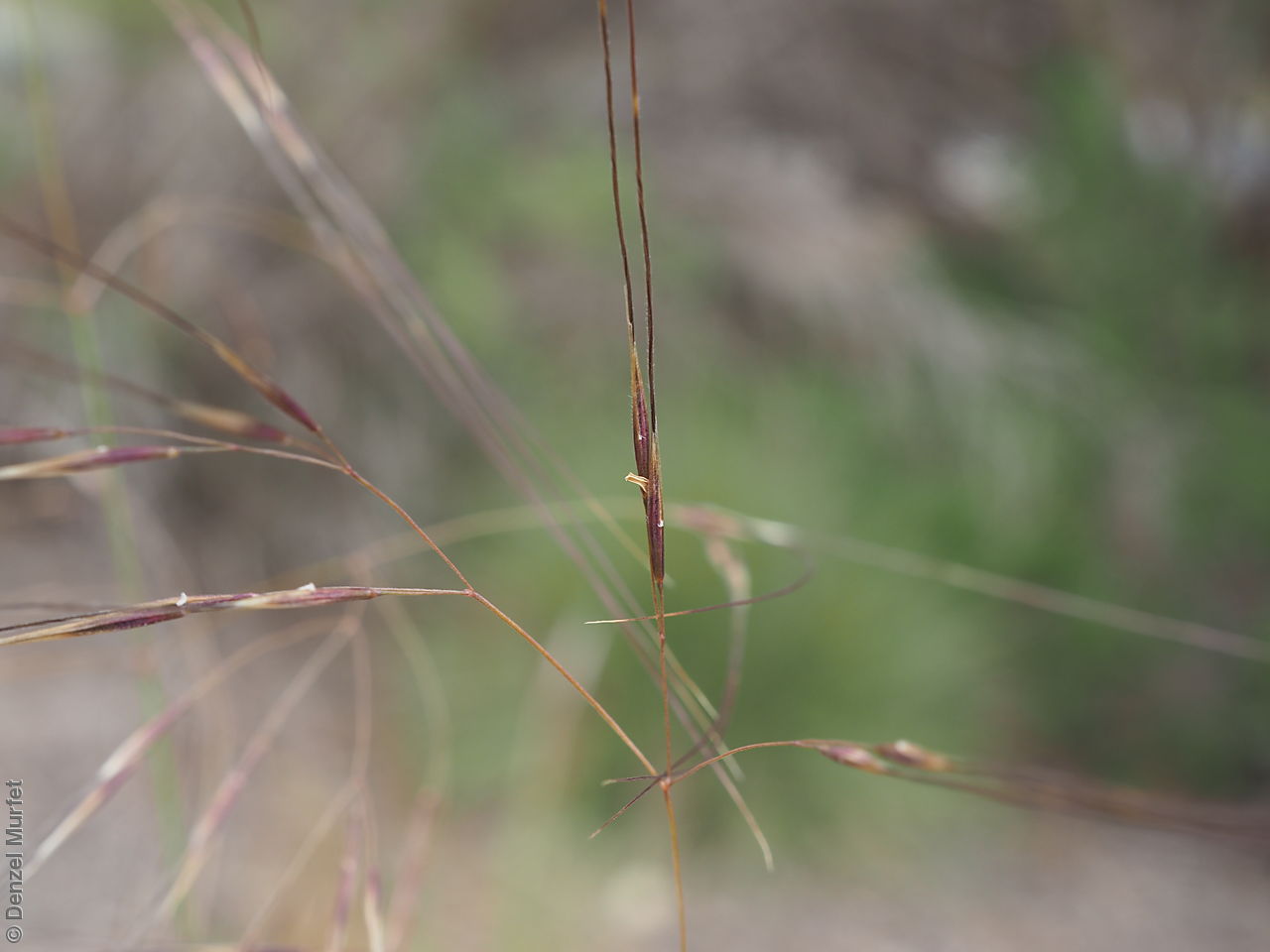
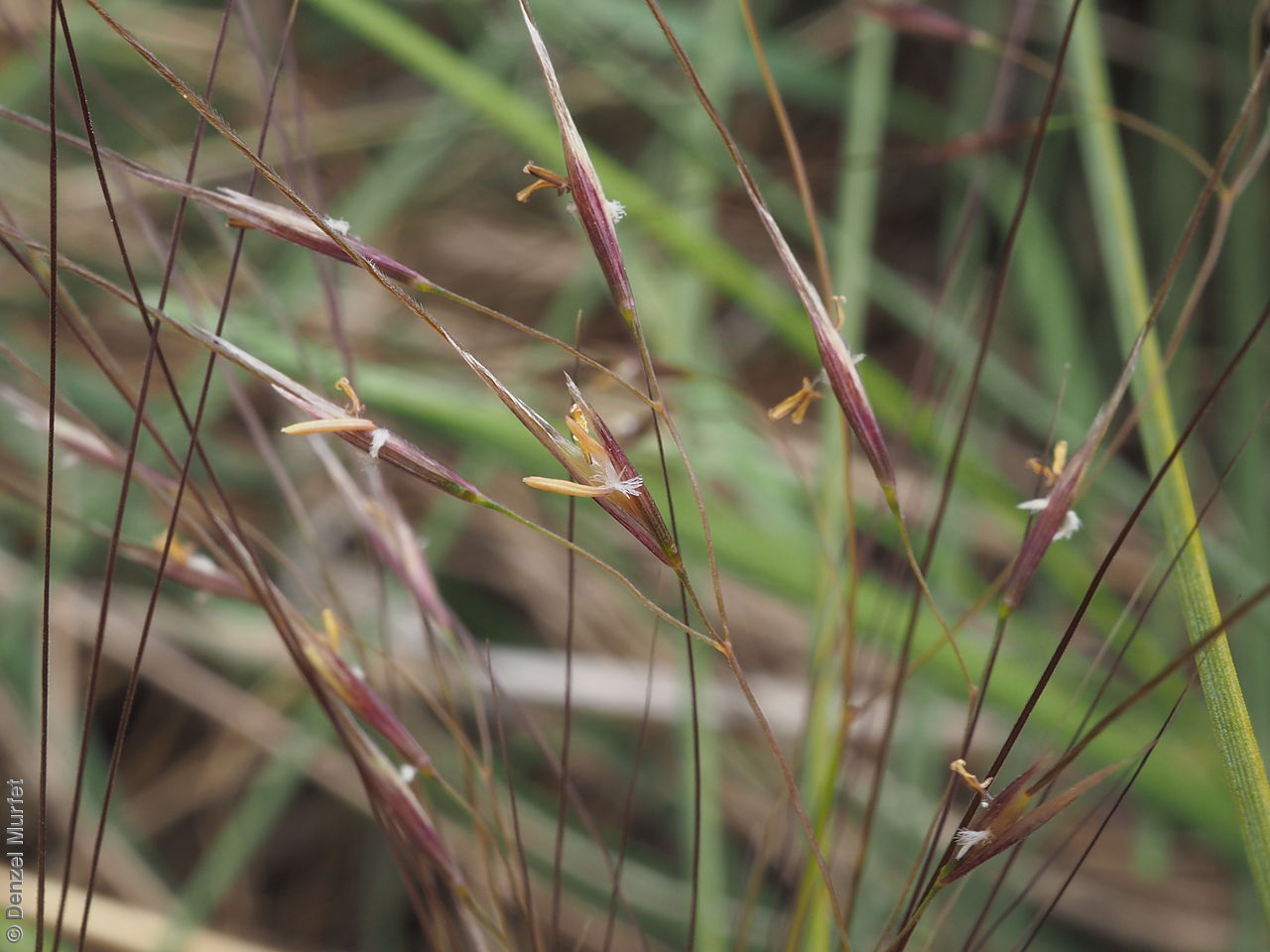
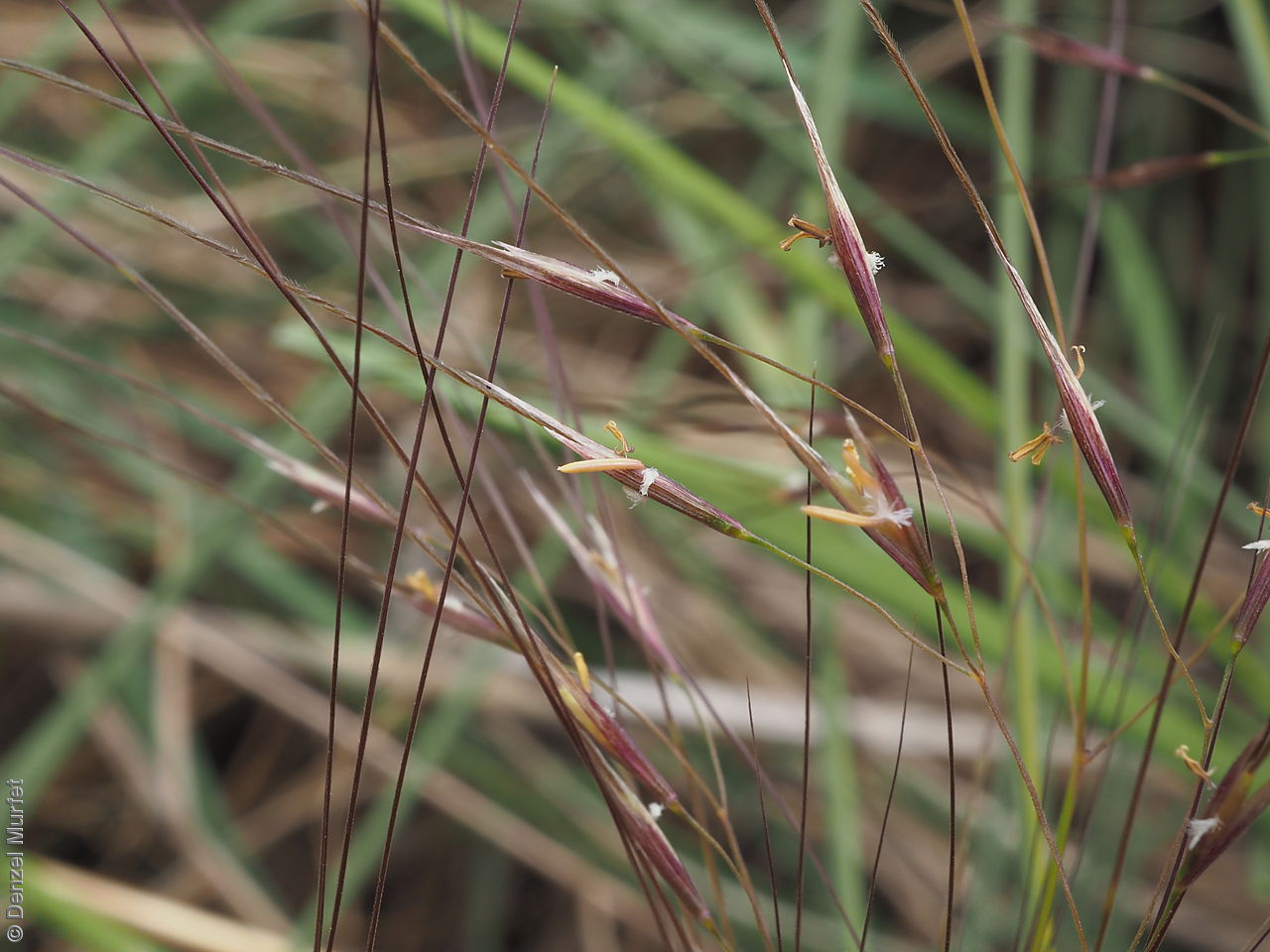
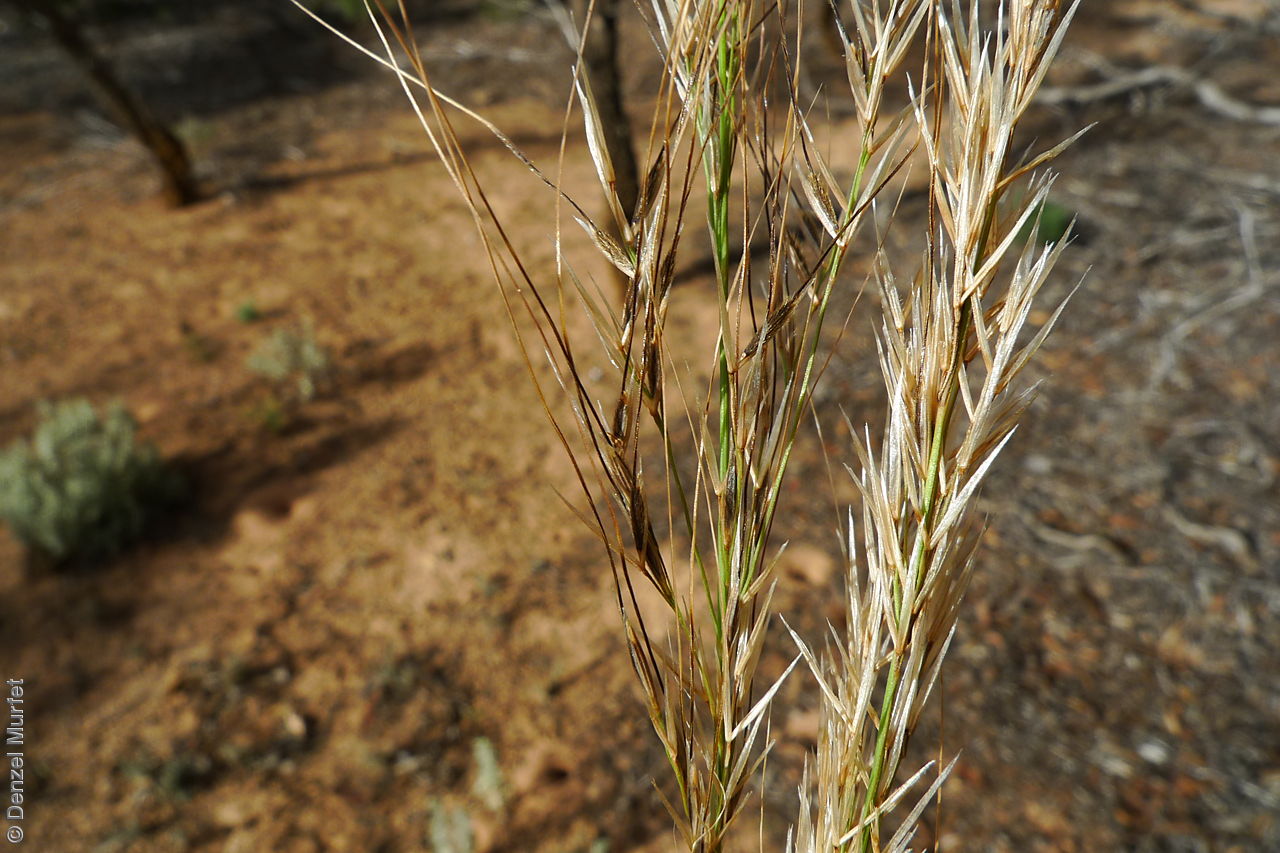
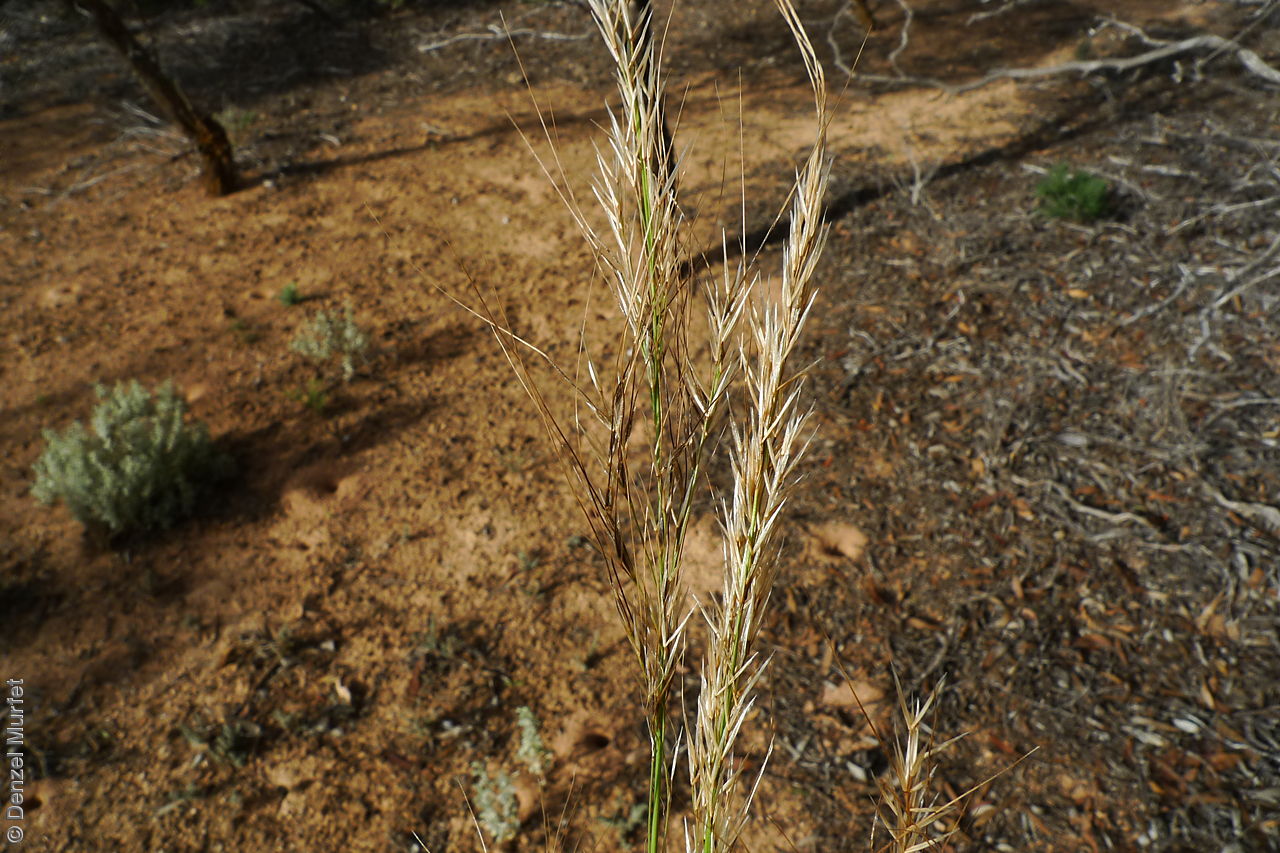
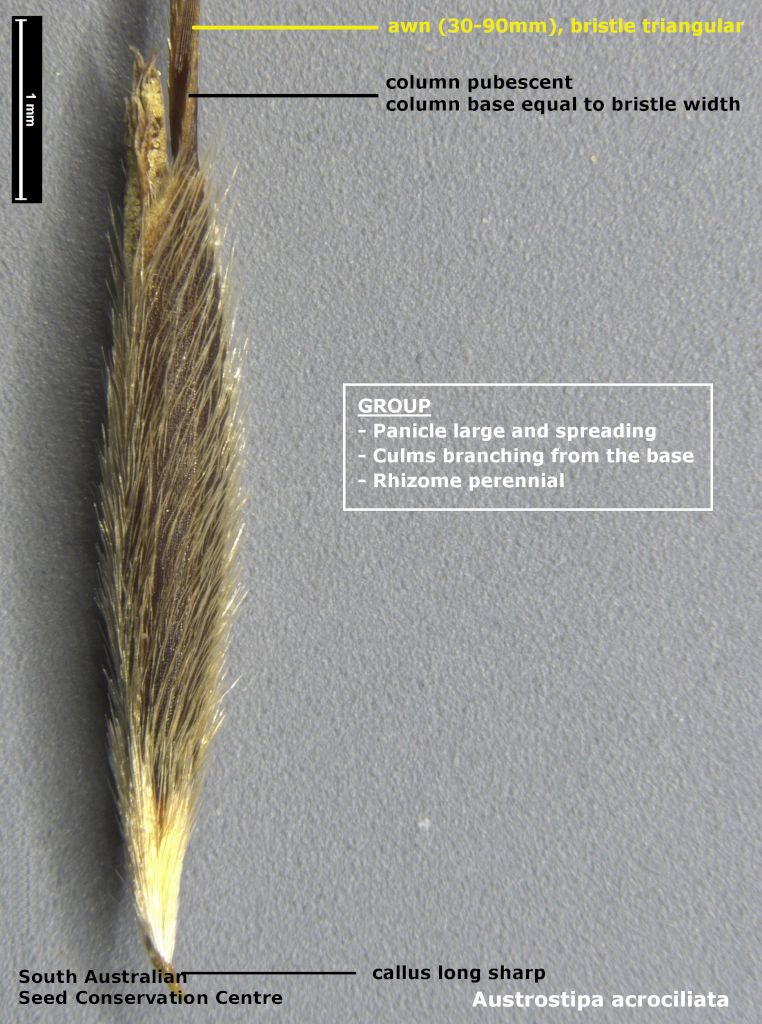
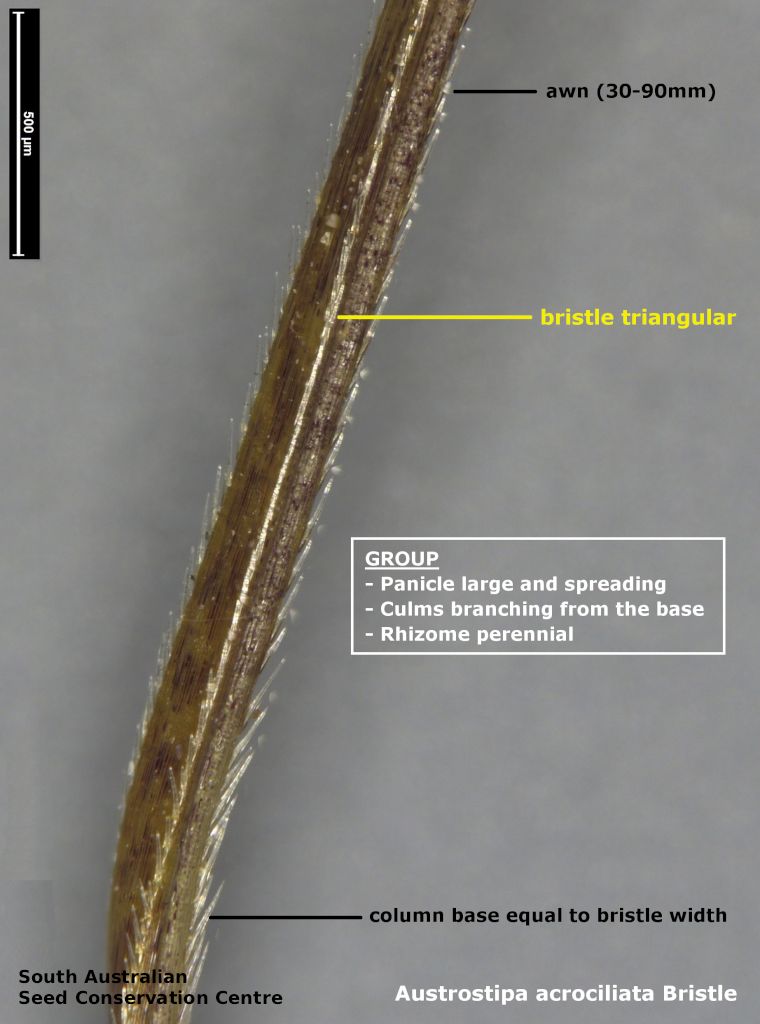

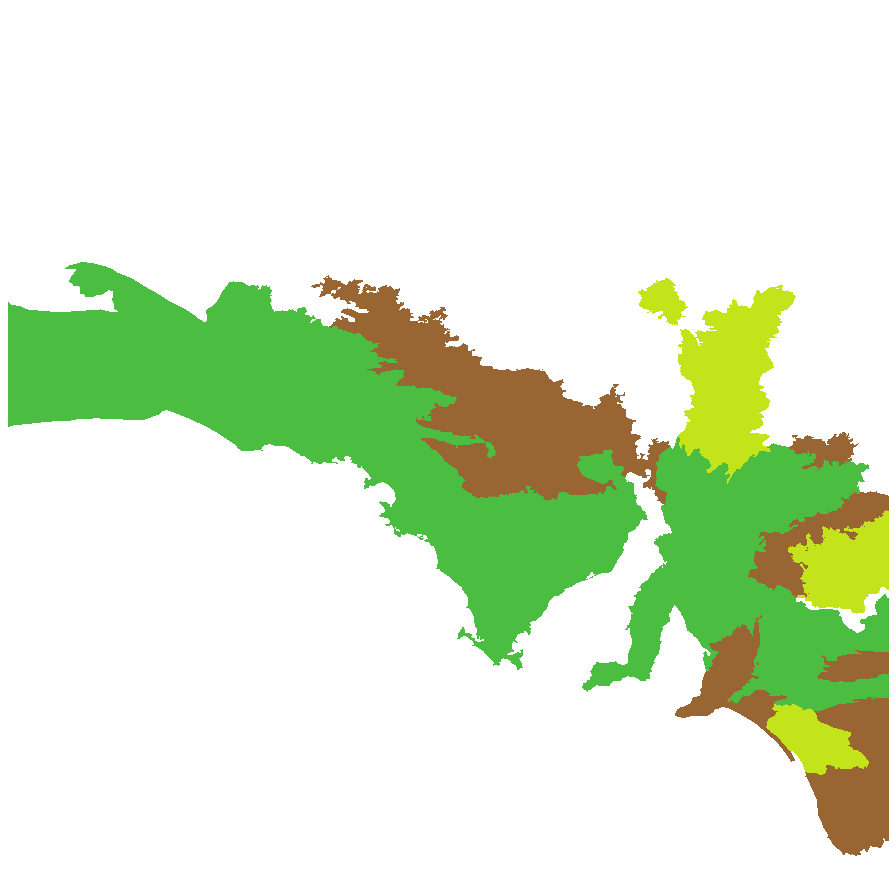
Botanical art
Prior names
Stipa acrociliata
Etymology
Austrostipa from the Latin 'auster' meaning south and the genus Stipa, referring to the genus being allied to Stipa but restricted to Australia. Acrociliata from the Greek 'akros' meaning at the tip and the Latin 'cilium' meaning hair, referring to the glume tips having fine hairs.
Distribution and status
Found in the southern part of South Australia growing in a wide range of habitats including limestone, sand dunes, mallee woodland, creek banks and disturbed sites. Also found in Western Australia, New South Wales and Victoria. Native. Common in South Australia. Common in the other states.
Herbarium regions: Nullarbor, Gairdner-Torrens, Flinders Ranges, Eyre Peninsula, Northern Lofty, Murray, Yorke Peninsula, Southern Lofty, South Eastern, Green Adelaide
NRM regions: Adelaide and Mount Lofty Ranges, Alinytjara Wilurara, Northern and Yorke, South Australian Arid Lands, South Australian Murray-Darling Basin, South East
AVH map: SA distribution map (external link)
Plant description
Shortly rhizomatous perennial grass to 1 m high, with culm branching from near the base and with glabrous nodes. Leaves glabrous or scabrid with blade flat or slightly inrolled to 40 cm long and 10 mm wide, with a long ligule to 6mm. Inflorescence a large spreading panicle to 50 cm long with purple glumes. Flowering between September and February.
Key to this species: perennial grass, culm branching from the base; panicle large and spreading; awn with straight triangular bristle and width at base equal to the column; column pubescent; callus long sharp. Fruits are dark brown lemma to 6 mm long, covered in granular tubercules and short white to tawny hairs; callus long and sharp to 1.5 mm long, awn to 90 mm long; once or twice bent with bristle triangular, straight and equal in width at the base to the pubescent column; palea sub-equal to lemma with a dense line of hairs down the centre. Seeds are yellow-brown grain to 3 mm long within the lemma. Seed embryo type is lateral.
Seed collection and propagation
Collect seeds between December and April. Use your hands to gently strip the seeds (lemma) off the mature fruiting spike, those that are turning straw colour. Mature seeds will come off easily compare to the immature seeds that remain on the spike. Alternatively, you can break off the whole fruit spike to allow some of the seeds to mature further. Place the seeds/spike in a tray and leave to dry for two weeks. No further cleaning is required if only seed collected. If seed spikes collected, use hand to strip off the mature seeds. Store the seeds with a desiccant such as dried silica beads or dry rice, in an air tight container in a cool and dry place. Viability of grass seeds could be very viable, depending on time of seed collections and seasonal conditions.
| Location | No. of seeds (weight grams) | Number of plants | Date collected | Collection number Collection location | Date stored | % Viability | Storage temperature |
|---|---|---|---|---|---|---|---|
| MSB | 5,100 (7.35 g) | 21-Nov-2007 | PJL2616 | 65% |
Number of plants: This is the number of plants from which the seeds were collected.
Collection location: The Herbarium of South Australia's region name.
% Viability: Percentage of filled healthy seeds determined by a cut test or x-ray.